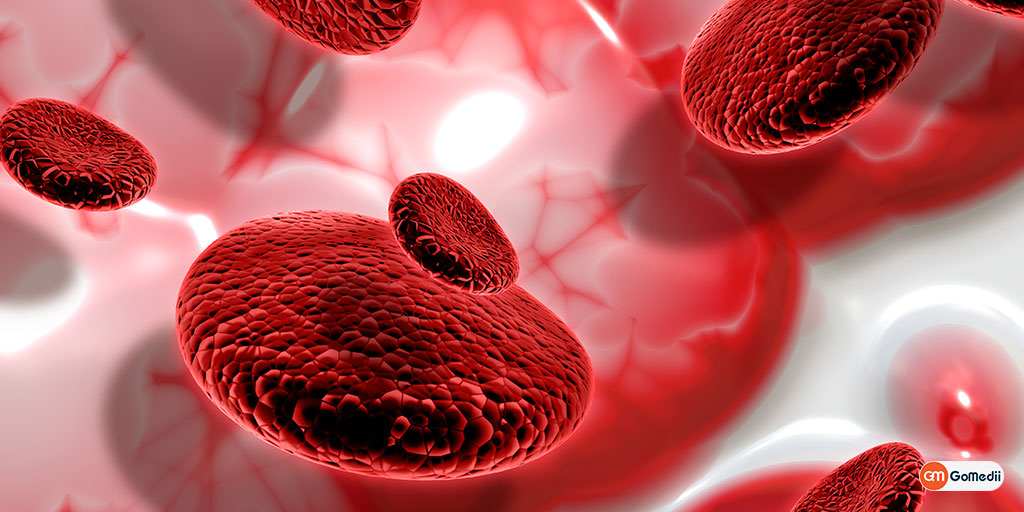Every year, thousands of children are born into a lifelong battle not of their choosing—a battle with thalassemia, a genetic blood disorder that often remains under the radar despite its global impact. With May 8 recognized as World Thalassemia Day, it’s time to shine a light on this condition and the resilient individuals living with it.
What Is Thalassemia?
Thalassemia is an inherited blood disorder that affects the body’s ability to produce hemoglobin, the protein in red blood cells responsible for carrying oxygen. There are two main types—alpha and beta thalassemia—each with varying degrees of severity, ranging from mild (thalassemia trait) to life-threatening forms (thalassemia major).
People with severe thalassemia often require regular blood transfusions and lifelong medical care. Without proper management, the disorder can lead to complications such as iron overload, bone deformities, delayed growth, and organ failure.
Global Reach and Genetic Roots
According to the World Health Organization, over 300,000 babies are born each year with a major hemoglobin disorder, and a significant percentage of them have thalassemia. The condition is most common in regions where malaria was historically prevalent—such as South Asia, the Mediterranean, the Middle East, and parts of Africa—suggesting a possible evolutionary link between the two.
Thalassemia is passed down from parents to children. A child who inherits the defective gene from both parents develops the disease, while inheriting it from just one parent typically results in being a carrier, or having the thalassemia trait. Carriers usually show no symptoms but can pass the gene to their children.
The Human Cost
For patients like 12-year-old Arman from Pakistan, life revolves around biweekly visits to the hospital for blood transfusions. “It’s tough,” says his mother. “But we do it because it’s the only way he can live.” Arman’s story mirrors that of millions of others across the world, who must navigate the emotional, physical, and financial challenges posed by thalassemia.
Advances in Treatment—and Hope
While there is currently no universal cure, treatment for thalassemia has advanced significantly. Regular blood transfusions, iron chelation therapy (to manage iron overload), and bone marrow transplants are the current standards of care.
More recently, gene therapy has emerged as a beacon of hope. In 2022, the FDA approved Zynteglo, a gene therapy for beta-thalassemia, offering the possibility of long-term transfusion independence for some patients. Though still costly and not widely available, such breakthroughs mark a promising turn in the battle against the disease.
Prevention Through Awareness
The most effective weapon against thalassemia remains awareness and genetic screening. In countries like Cyprus and Iran, nationwide screening programs have dramatically reduced the number of new cases. Couples can undergo premarital testing to understand their carrier status and make informed reproductive choices.
Living with Thalassemia
With proper care, many people with thalassemia live full and productive lives. Advocacy groups around the world work tirelessly to ensure patients have access to treatment, education, and a supportive community. Social media campaigns, fundraisers, and thalassemia walks have all contributed to breaking the silence surrounding this condition.
Thalassemia may be invisible to the eye, but its impact is undeniable. Behind every diagnosis is a person—often a child—whose life depends on science, compassion, and collective action. As the world marks another Thalassemia Day, let’s commit to supporting the fight—not just with donations, but with dialogue, awareness, and empathy.




